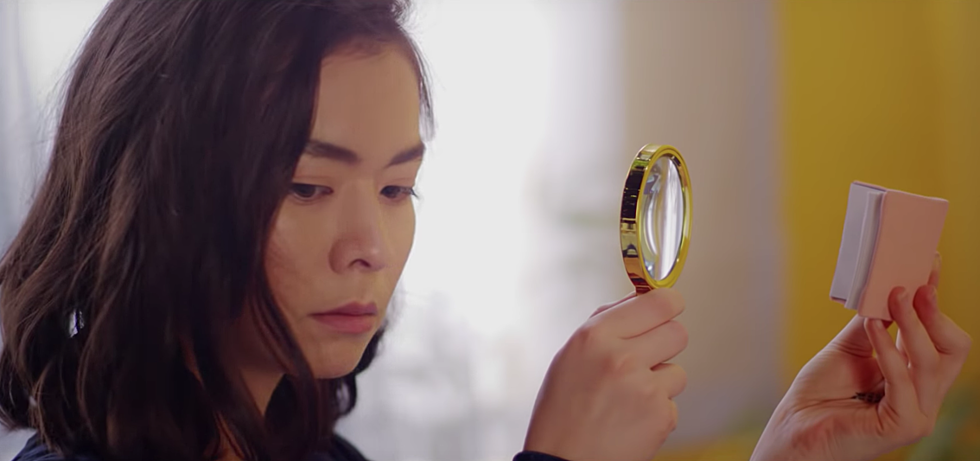“When all hope is gone, sad songs say so much.” Turns out Elton John knew what he was talking about in his lyrics. According to several studies, it was found that people like to listen to sad music when they’re feeling down, in comparison to all other sorts of music.
The desire to listen to a sad song in a sad mood doesn’t quite make sense. It sounds ironic, but by the time you’re done listening, you oddly start feeling better. This fact generates curiosity and makes us wonder why this occurs. What do people hope to achieve by listening to sad music when they’re already feeling down? Researchers Annemieke Van den Tol and Jane Edwards had the same question, so they set on finding why people choose to listen to sad music when they’re already at their lowest:
Hormones
According to a study by the University of Ohio in the United States, letting yourself be lulled by sad songs and crying modifies the chemistry of the brain and even helps to overcome the much-feared pains and bad moods.
David Huron, professor responsible for the discovery, guarantees that when we hear a ballad, our mind produces more prolactin, a hormone that, among other things, helps to reduce feelings of discomfort and anguish and increase calmness.
That this type of song also increases dopamine in the brain, a substance that has similar effects to the satisfaction of eating, having sex or drinking alcohol. The more the listeners shiver with the melancholic chords, the more dopamine was released in the people’s body. Hence the reason to press play again and listen to the sound several times, which can cause an “addiction” to the feeling.
Triggering memories and nostalgia
Humans tend to associate things like smells, places and sounds with emotions. Some listeners choose to listen to sad music that has an association with past events or people in their lives. When listening to such songs, they trigger their memories in hope of retrieving the feeling.
There is a bittersweet feeling that the listeners get when they remember the good times, but also miss them. Nostalgic memories can help to enhance mood, especially when they’re related to important events in life. Curiously, when listeners chose music for this purpose, it seemed not to have the same effect as music did in other situations, and listeners cannot grasp the sensation.
Relatability and connection with the music
Related to the previous topic, listeners identify with the emotions expressed by the melody or the meaning of the lyrics. It’s hard to express our feelings and when the lyrics of a song perfectly narrates something that we’ve experienced, we feel a sense of belonging. The music gives a voice to our emotions by mirroring them and helping us make peace with them.
Also, when we listen to sad songs sometimes it helps us to identify our own emotions, and we feel a sense of connection towards it. This connection makes us want to feel those emotions again, as we feel empathetic listening to it.
Expressing vicarious emotions
We often keep the emotions of sadness and anger compressed when we’re unable to express them. But sadness, when experienced through art, is handled differently. Listening to sad music (or watching a sad movie), helps us to channelize our emotions. Since the scenarios explained aren’t as per real-life implications, the emotions that we feel become vicarious in nature. This means that when we’re unlinked from any threat that a sad song/movie represents (perceived emotions), releasing pent-up emotions (real emotions) becomes a lot easier.
High aesthetic value
In this scenario, listeners use music as a distraction. The hypothesis here is that the more beautiful the music, the easier it is for listeners to concentrate on it, thereby achieving the goal of being distracted from their stressful situation, like breakups or grief. This can also be called mood regulation. But while music can be an effective distraction, excessive use of sad music in this way can be a sign of avoidance, and even an indication of poor psychological adjustment
Therefore, we suggest here a Top 5 sad songs, to ease the pain. Enjoy a healthy pit!
1. Taylor Swift – All Too Well
2. Lorde – Liability
3. Beyoncé – Sandcastles
4. Katy Perry – The One That Got Away
5. Lana Del Rey – Cinnamon Girl
—————————————————————–
The article above was edited by Larissa Mariano.
Liked this type of content? Check Her Campus Casper Libero home page for more!




